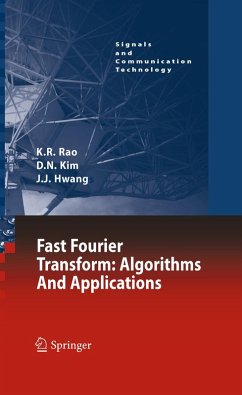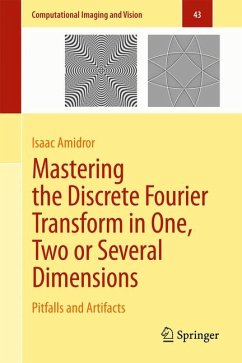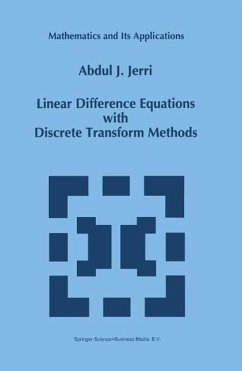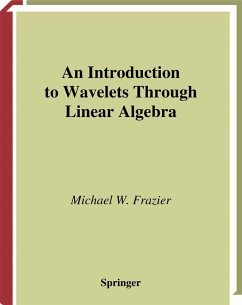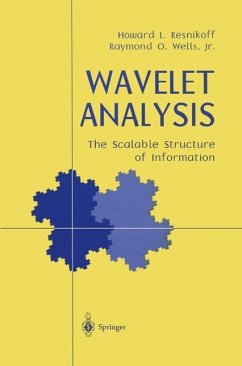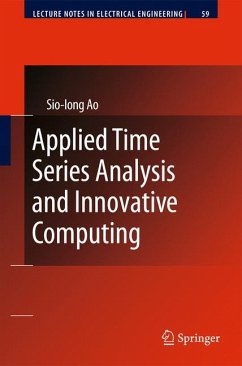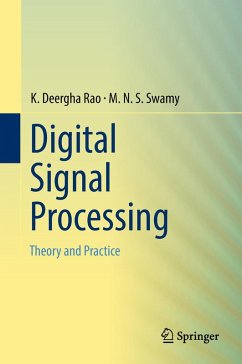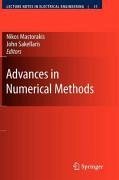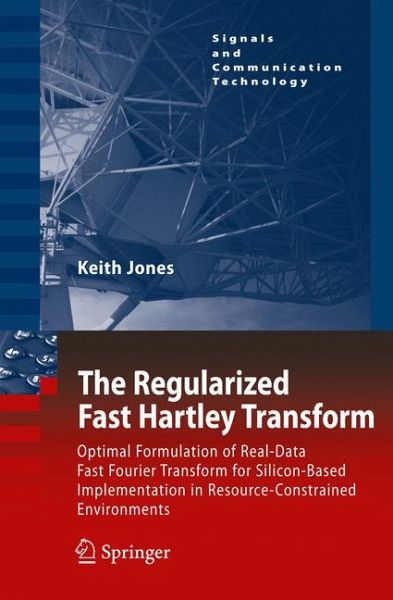
The Regularized Fast Hartley Transform (eBook, PDF)
Optimal Formulation of Real-Data Fast Fourier Transform for Silicon-Based Implementation in Resource-Constrained Environments

PAYBACK Punkte
52 °P sammeln!
Most real-world spectrum analysis problems involve the computation of the real-data discrete Fourier transform (DFT), a unitary transform that maps elements N of the linear space of real-valued N-tuples, R , to elements of its complex-valued N counterpart, C , and when carried out in hardware it is conventionally achieved via a real-from-complex strategy using a complex-data version of the fast Fourier transform (FFT), the generic name given to the class of fast algorithms used for the ef?cient computation of the DFT. Such algorithms are typically derived by explo- ing the property of symmetry...
Most real-world spectrum analysis problems involve the computation of the real-data discrete Fourier transform (DFT), a unitary transform that maps elements N of the linear space of real-valued N-tuples, R , to elements of its complex-valued N counterpart, C , and when carried out in hardware it is conventionally achieved via a real-from-complex strategy using a complex-data version of the fast Fourier transform (FFT), the generic name given to the class of fast algorithms used for the ef?cient computation of the DFT. Such algorithms are typically derived by explo- ing the property of symmetry, whether it exists just in the transform kernel or, in certain circumstances, in the input data and/or output data as well. In order to make effective use of a complex-data FFT, however, via the chosen real-from-complex N strategy, the input data to the DFT must ?rst be converted from elements of R to N elements of C . The reason for choosing the computational domain of real-data problems such N N as this to be C , rather than R , is due in part to the fact that computing equ- ment manufacturers have invested so heavily in producing digital signal processing (DSP) devices built around the design of the complex-data fast multiplier and accumulator (MAC), an arithmetic unit ideally suited to the implementation of the complex-data radix-2 butter?y, the computational unit used by the familiar class of recursive radix-2 FFT algorithms.
Dieser Download kann aus rechtlichen Gründen nur mit Rechnungsadresse in A, B, BG, CY, CZ, D, DK, EW, E, FIN, F, GR, HR, H, IRL, I, LT, L, LR, M, NL, PL, P, R, S, SLO, SK ausgeliefert werden.



